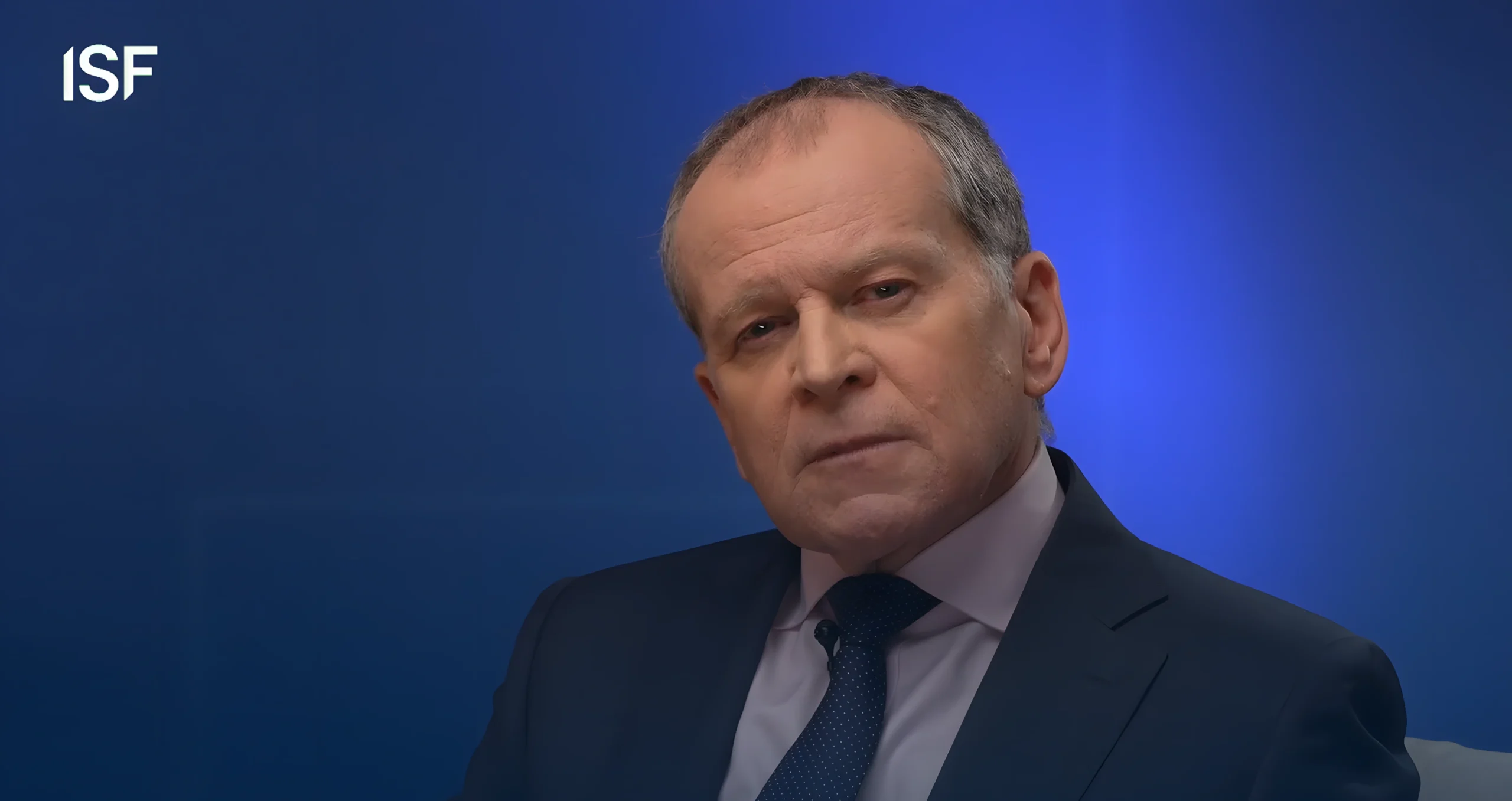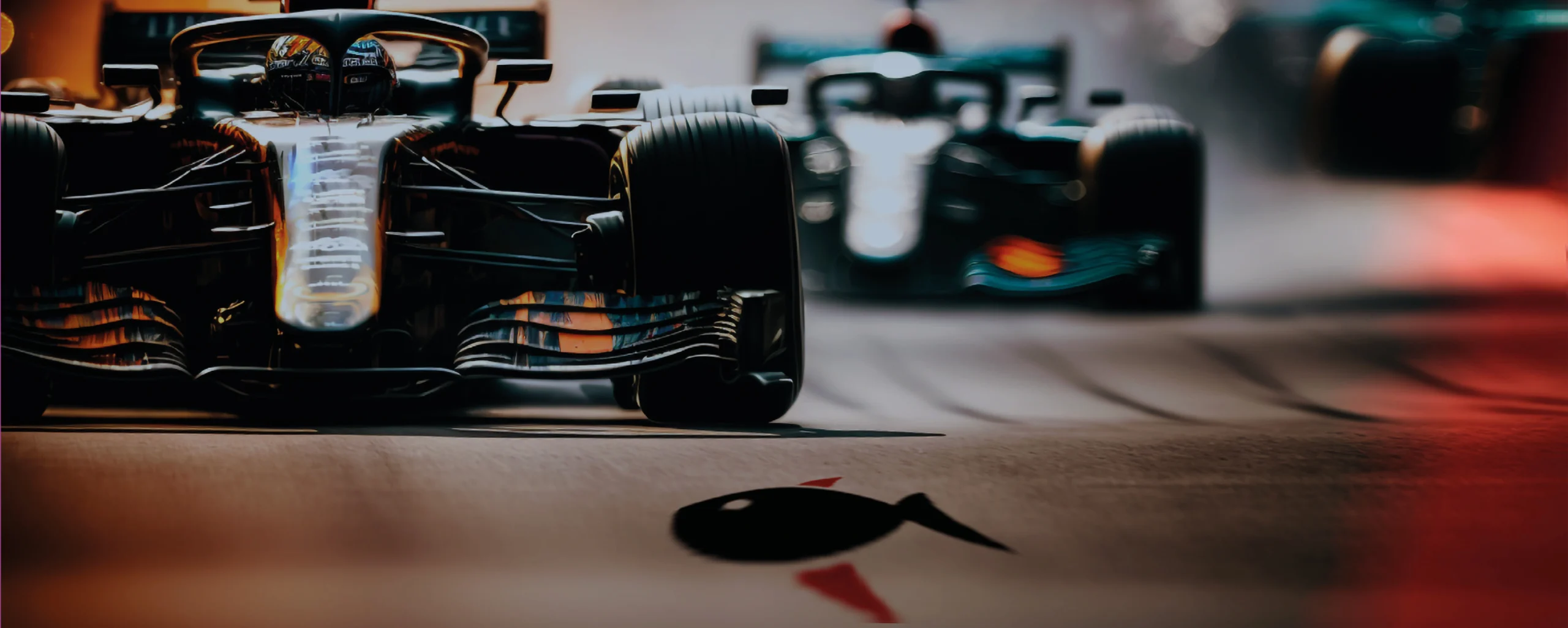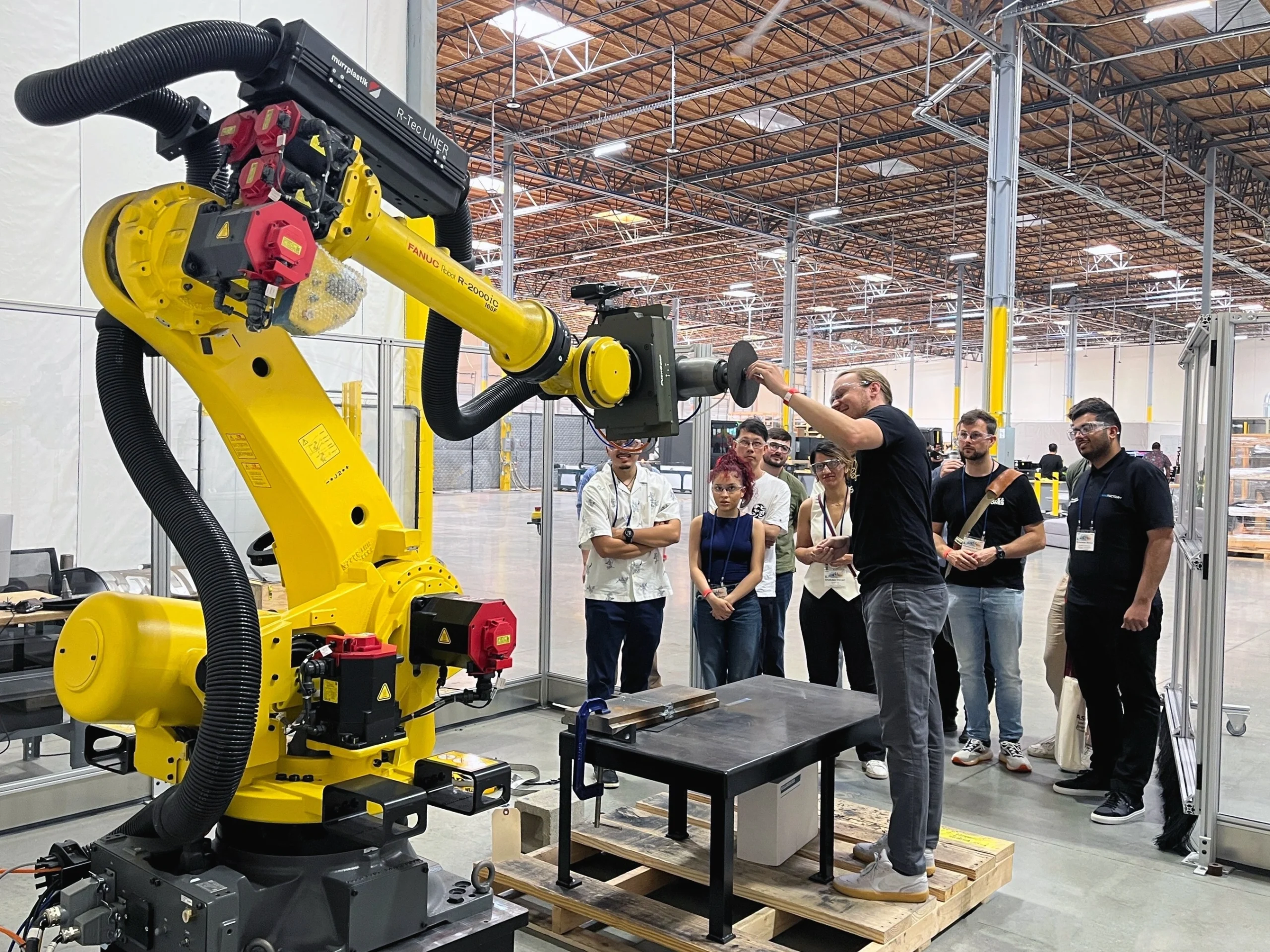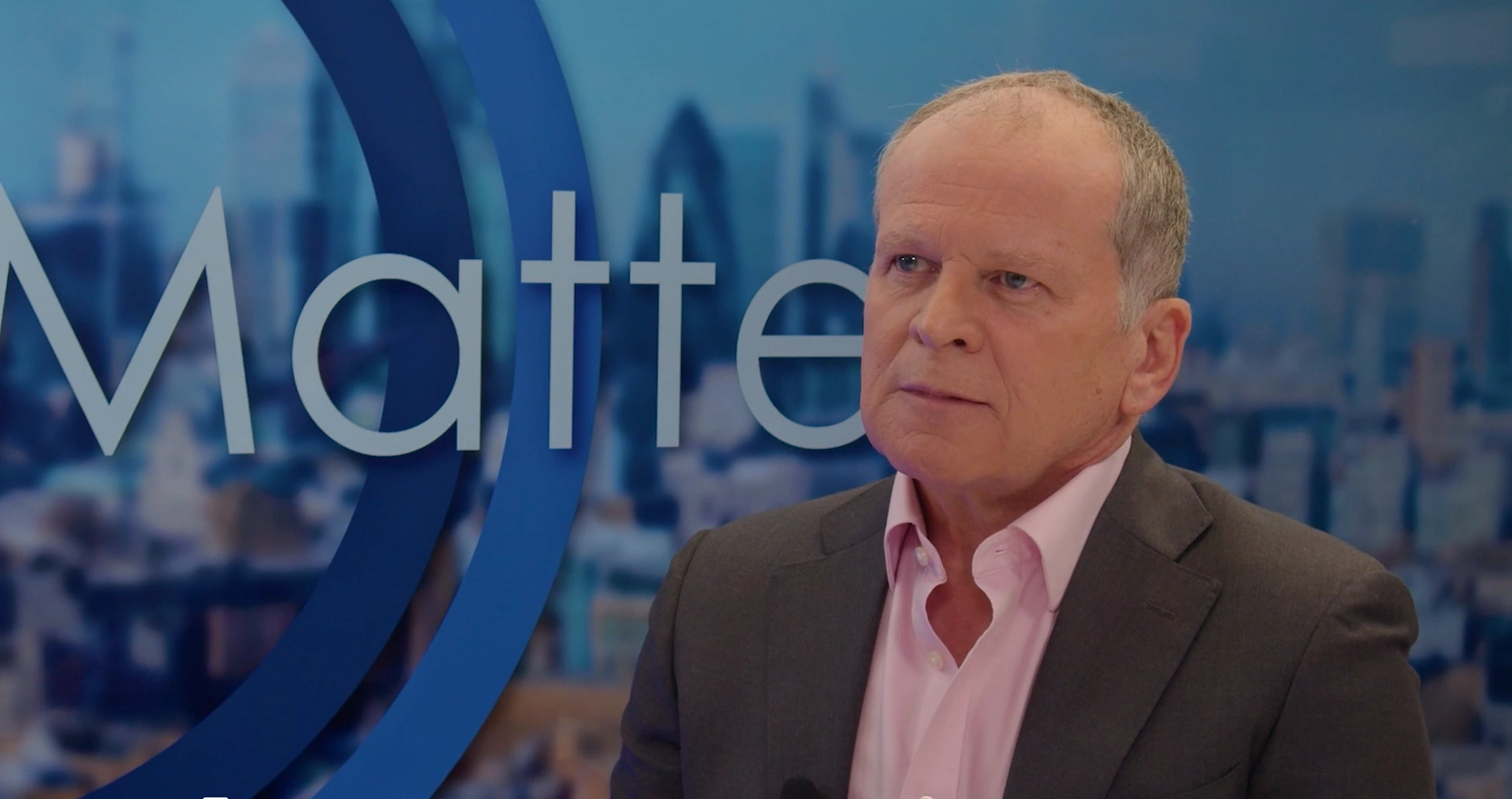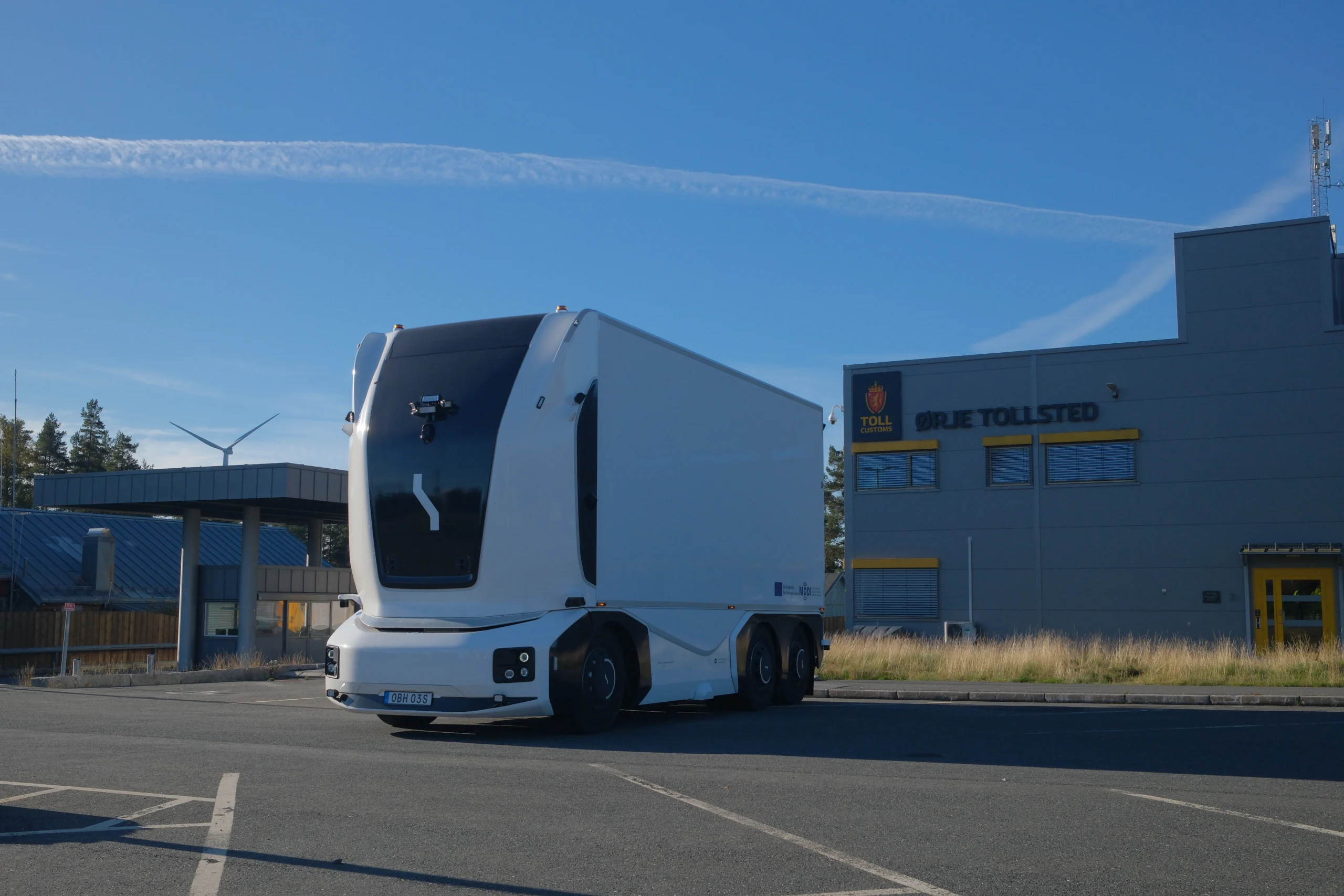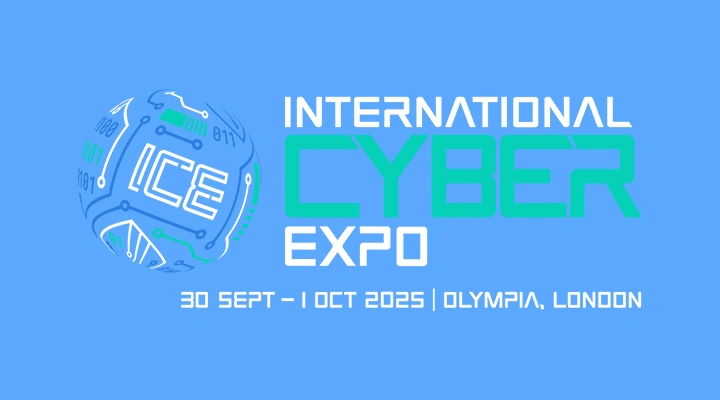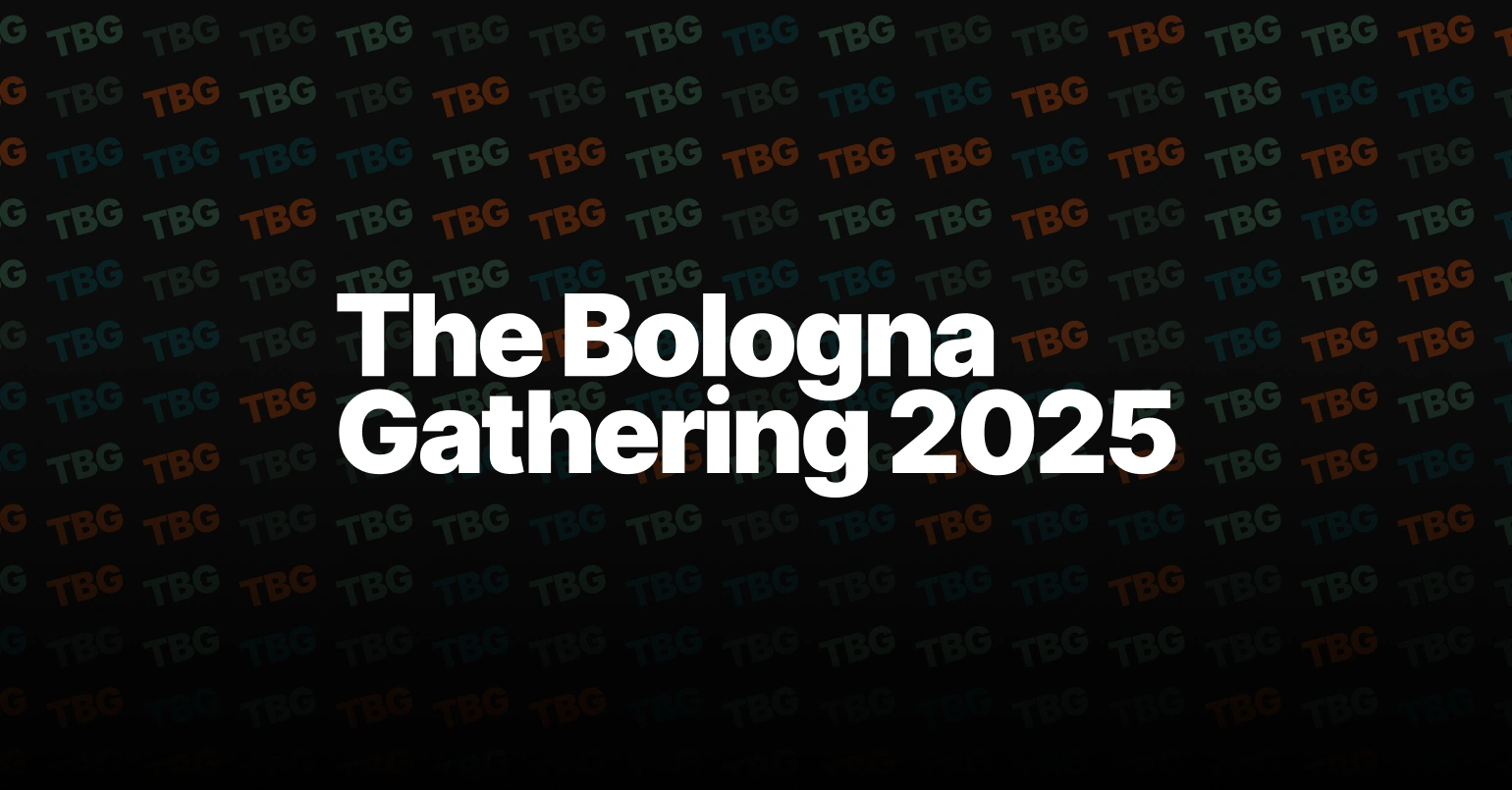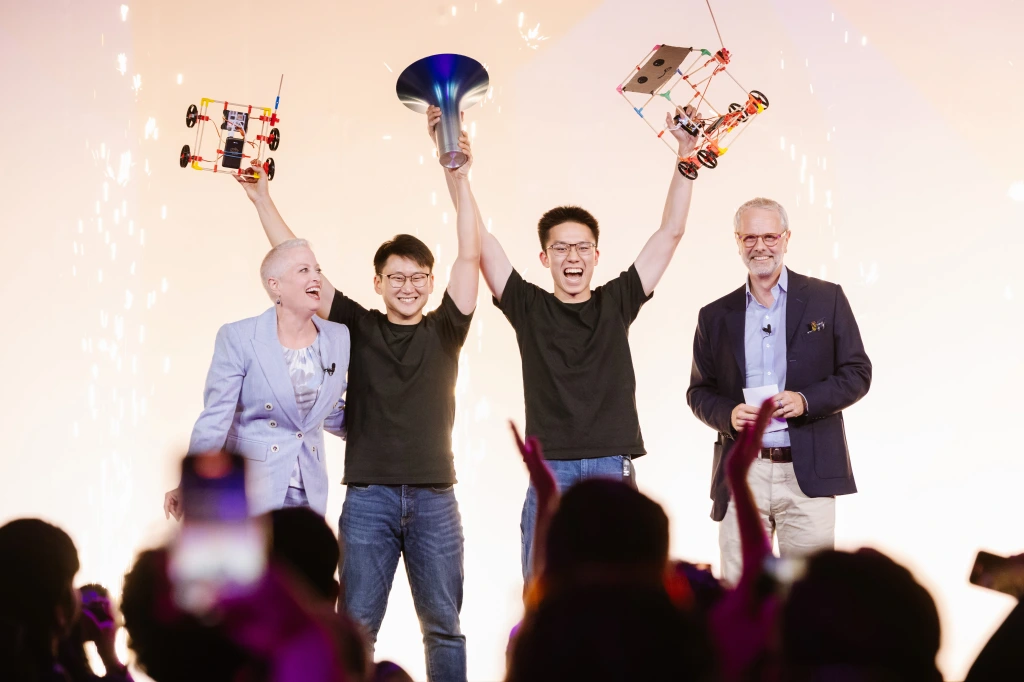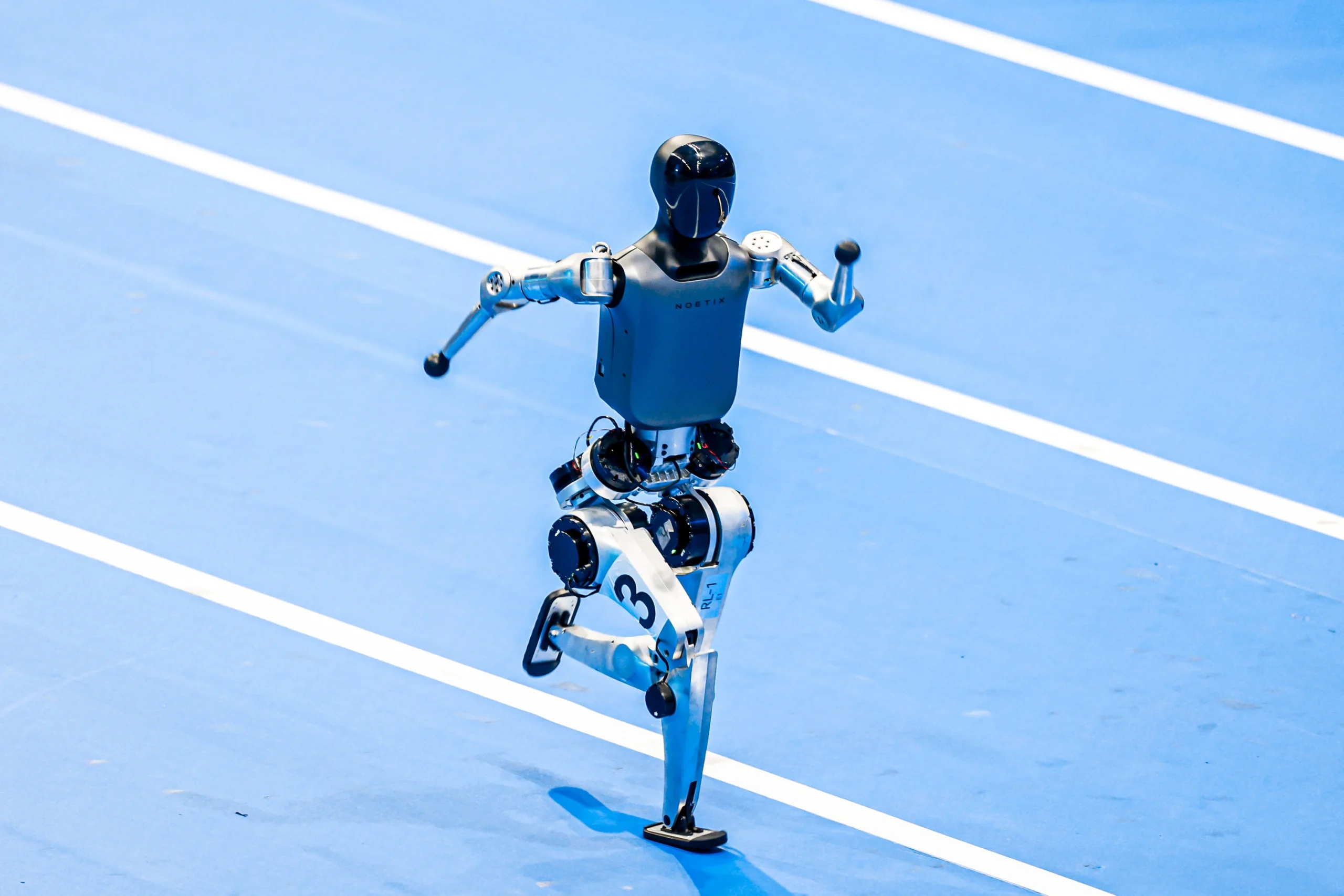The future is upon us

John E. Kaye
- Published
- Home, Technology

Acclaimed author Steven Kotler speaks to Alex Katsomitros about the accelerating convergence of groundbreaking technologies, the rise of technophobic conspiracy theories and how Covid-19 will bring the future forward
Steven Kotler and Peter Diamandis were promoting their new best-seller in New York the day China hesitantly announced the first cases of Covid-19 – the virus that would soon engulf the rest of the planet. They instantly recognised the danger: “A pandemic is an exponential, so we knew exactly what was coming,” Kotler says. After all, their book deals with forces that start with a trickle and, little by little, take over the whole world: “I said to Peter that we wrote a book called The Future is Faster Than You Think and we think this is going to accelerate. And that is exactly what we are seeing!”
Kotler is an acclaimed writer who along with serial entrepreneur Peter Diamandis, the mastermind behind Singularity University, XPRIZE and other tech ventures, have authored Bold and Abundance, two of the most authoritative tomes on how technology is transforming our societies. Their latest brainchild completes this trilogy with the inevitable conclusion that everything their previous books dealt with is finally coming to fruition; a wide range of technologies, from AI and virtual reality to quantum computing, are coming together in a smorgasbord of innovation that brings the future forward.
Lockdowns would normally condemn a book brimming with optimism to irrelevance, but not when it explores exponential forces that spread like wildfire – just like a pandemic. In one of the most revealing chapters, Kotler and Diamandis discuss how technology is revolutionising healthcare by accelerating drug development and tailoring cures to individual patients. “The changes in healthcare that we thought would take a decade, if not longer, are coming now. The greatest proof of the power of exponential technology is that within three weeks after Covid-19 was announced, there were 71 vaccines in the pipeline,” Kotler says. “Nothing like that has happened before in history. That’s converging exponential [technology] at work.”
All at once
What Kotler and Diamandis think will transform the economy is the almost uncanny combination of seemingly unrelated technological trends, from nanotechnology and advances in materials science to 3D printing. “We believe that pretty much every industry will be reinvented within the next 10 years,” Kotler says. They do not hesitate to tint their predictions with a shade of sci-fi escapism that may seem incongruent in our giddy world, still reeling from the shock of strict lockdowns. “The wait is over […] the flying cars are here,” they enthusiastically proclaim in one chapter about the future of transport. Serial disruptors such as Uber are taking to the skies, they explain, testing miniature space-pod airplanes and new business models that will render flying not less ordinary than a visit to the supermarket. As they promise readers in the US: “Sometime in the next decade or so, ‘off to Europe for lunch’ may become a standard part of our lexicon.” A slew of mind-blowing numbers add a flavour of surprising precision: “In 2023 the average thousand-dollar laptop will have the same computing power as a human brain (roughly 1016 cycles per second). Twenty-five years after that, the same average laptop will have the power of all the human brains currently on Earth.” And if that is not enough, the authors fuel every technophile’s dreams with promises of robots delivering pizzas at our doorstep, a trend the pandemic may accelerate, according to Kotler.
It is easy to dismiss such wild claims as unabashed futurism, a criticism often levelled at proponents of the so-called “Californian ideology”: an idiosyncratic mix of technological determinism, free-market mantras and new age spirituality. And yet, Kotler and Diamandis are anything but. For example, they have a cautionary tale for business leaders who wish to harness AI before it’s too late. “The best combination of forces is not just automation, but humans and robots working together,” Kotler warns, using the recent predicaments of carmakers BMW and Tesla as an example: “When they fully automated their plants, efficiency went down. They had to put humans back in the chain to get the real benefits.”
Another lesson corporations need to learn is that staying future-proof is all about constant reinvention. Kotler and Diamandis use the example of Sears, which was once the US’s biggest retailer and went bankrupt in 2018, and the rise of Amazon on the back of new (the internet) and old (mail-order catalogues, ironically pioneered by Sears) technologies to highlight the importance of adapting to fast-paced technological change. One reason we tend to ignore disruption, they argue, is that our brain is hardwired to treat our future selves as strangers, and therefore ignore calls for change as alarmism. That’s not a risk we can afford to take in a world where Alexa can do your shopping.
The great leap forward
With all its optimistic bombast, The Future is Faster Than You Think has landed at an unfortunate time. Hasn’t the pandemic exposed a glaring disconnect between the promised land of tech utopias and the harsh reality of our inability to defeat a microscopic virus? Isn’t Peter Thiel’s famous (and quoted in the book) aphorism that “we wanted flying cars, instead we got 140 characters” more pertinent than ever, since we were promised personalised medicine and instead we got Netflix binge-watching?
Grudgingly, Kotler concedes that technology has ™ˠ exacerbated socioeconomic inequalities and created new ones between digital glitterati and the rest. However, he believes that the benefits outstrip the costs: “Exponential technology makes resources that were once scarce abundant,” he says, pointing to smartphones as an example of a gadget offering us for free capabilities worth millions just a few decades ago. We may not all live in mansions, but we are nonetheless the richer for it: “Income disparity is not the measure of standard of living it once was, because we now get for free through technology so many things that have massively improved our lives,” Kotler says. Examples of the democratising force of technology abound, from DNA scanning to the use of surgical robots that were once affordable only to the super-rich and are now standard healthcare practices.
One idea that often crops up in this debate is universal basic income. Kotler is a sceptical fan, not because technological unemployment will render its adoption inevitable, as many Silicon Valley entrepreneurs predict, but because it may be a springboard for more cool stuff. “Small scale experiments show that, unlike other forms of welfare, it encourages innovation, entrepreneurship and increases overall wellbeing and life satisfaction,” he says. However, for those who think that robots will take our jobs, or even our lives, Kotler has one piece of advice – think again: “The two big boogie men over the past few years have been AI and tech unemployment, and both are kind of silly, rather than real.” Adjusting to automation is for him a “worker retraining problem”, as convergent technologies hide many employment opportunities that we don’t see yet, in the same way that we didn’t see the job-creating potential of app development.
Dopamine junkies
If there is something about technology that irks Kotler, it’s the impact it has on our brains. As a neuroscience enthusiast with an interest in ways we can expand our learning capacities, he fears that the reason we can’t put down our beloved smartphones is worrying – their use prompts our brain to generate generous doses of dopamine, the same chemical behind many forms of drug addiction. “We have managed to destroy the attention capabilities of a generation. We are not [natural] multitaskers, and we fostered this addictive multitasking technology before we were ready for it,” he warns.
This also partly explains why neo-Luddite conspiracy theories about 5G technologies are all the rage. Smartphones and social media have turned us into dopamine junkies, and conspiracy theories feed that addiction. “When you have more dopamine in your system, you can see more connections than others. But if you turn it up too high you see connections where they don’t exist,” Kotler explains. Covid-19 made things worse: “The pandemic forced the whole world to go inside where you can’t have social connections. You get starved for dopamine, which you get by spending a lot of time on social media and plugging conspiracy theories.” In an era where trust in traditional gatekeepers such as mainstream media and science is diminishing, what Kotler calls “the ingredients of panic”, namely fear, anxiety and uncertainty, have become existential threats. “These are separate things in the brain, but when [they happen] together it’s almost an intolerable situation for most people,” Kotler says. “You do everything you can to remove one or the other. With anxiety going up, you want to get rid of uncertainty, and that’s what conspiracy theories do.”
Brave green world
Nothing causes more collective anxiety than the biggest challenge facing our planet: climate change. In the book, Kotler and Diamond recognise that technology has its limits when dealing with such a complex problem. And yet, there is scope for hope. He doesn’t pin his hopes on mega-engineering projects, but on things like vertical farming, meat production based on stem cells and solar energy grids. “The technology is here, the problem is deploying it at scale,” Kotler says. “Small changes in initial conditions can produce large outcomes.”
Will our reliance on technology lead to complacency? A natural-born optimist, Kotler hates the thought. The world’s recent predicaments prove that we can do better, he says: “The shutdown showed the world that we can deal with climate change. It was darkly wonderful in that it taught us that we can collaborate at the global level.”
Sign up to The European Newsletter
RECENT ARTICLES
-
 Make boards legally liable for cyber attacks, security chief warns
Make boards legally liable for cyber attacks, security chief warns -
 AI innovation linked to a shrinking share of income for European workers
AI innovation linked to a shrinking share of income for European workers -
 Europe emphasises AI governance as North America moves faster towards autonomy, Digitate research shows
Europe emphasises AI governance as North America moves faster towards autonomy, Digitate research shows -
 Surgeons just changed medicine forever using hotel internet connection
Surgeons just changed medicine forever using hotel internet connection -
 Curium’s expansion into transformative therapy offers fresh hope against cancer
Curium’s expansion into transformative therapy offers fresh hope against cancer -
 What to consider before going all in on AI-driven email security
What to consider before going all in on AI-driven email security -
 GrayMatter Robotics opens 100,000-sq-ft AI robotics innovation centre in California
GrayMatter Robotics opens 100,000-sq-ft AI robotics innovation centre in California -
 The silent deal-killer: why cyber due diligence is non-negotiable in M&As
The silent deal-killer: why cyber due diligence is non-negotiable in M&As -
 South African students develop tech concept to tackle hunger using AI and blockchain
South African students develop tech concept to tackle hunger using AI and blockchain -
 Automation breakthrough reduces ambulance delays and saves NHS £800,000 a year
Automation breakthrough reduces ambulance delays and saves NHS £800,000 a year -
 ISF warns of a ‘corporate model’ of cybercrime as criminals outpace business defences
ISF warns of a ‘corporate model’ of cybercrime as criminals outpace business defences -
 New AI breakthrough promises to end ‘drift’ that costs the world trillions
New AI breakthrough promises to end ‘drift’ that costs the world trillions -
 Watch: driverless electric lorry makes history with world’s first border crossing
Watch: driverless electric lorry makes history with world’s first border crossing -
 UK and U.S unveil landmark tech pact with £250bn investment surge
UK and U.S unveil landmark tech pact with £250bn investment surge -
 International Cyber Expo to return to London with global focus on digital security
International Cyber Expo to return to London with global focus on digital security -
 Cybersecurity talent crunch drives double-digit pay rises as UK firms count cost of breaches
Cybersecurity talent crunch drives double-digit pay rises as UK firms count cost of breaches -
 Investors with €39bn AUM gather in Bologna to back Italy’s next tech leaders
Investors with €39bn AUM gather in Bologna to back Italy’s next tech leaders -
 Axians and Nokia expand partnership to strengthen communications infrastructure across EMEA
Axians and Nokia expand partnership to strengthen communications infrastructure across EMEA -
 Forterro buys Spain’s Inology to expand southern Europe footprint
Forterro buys Spain’s Inology to expand southern Europe footprint -
 Singapore student start-up wins $1m Hult Prize for education platform
Singapore student start-up wins $1m Hult Prize for education platform -
 UK businesses increase AI investment despite economic uncertainty, Barclays index finds
UK businesses increase AI investment despite economic uncertainty, Barclays index finds -
 Speed-driven email security: effective tactics for phishing mitigation
Speed-driven email security: effective tactics for phishing mitigation -
 Short circuit: humanoids go for gold at first 'Olympics for robots'
Short circuit: humanoids go for gold at first 'Olympics for robots' -
 New IBM–NASA AI aims to forecast solar flares before they knock out satellites or endanger astronauts
New IBM–NASA AI aims to forecast solar flares before they knock out satellites or endanger astronauts -
 AI is powering the most convincing scams you've ever seen
AI is powering the most convincing scams you've ever seen

